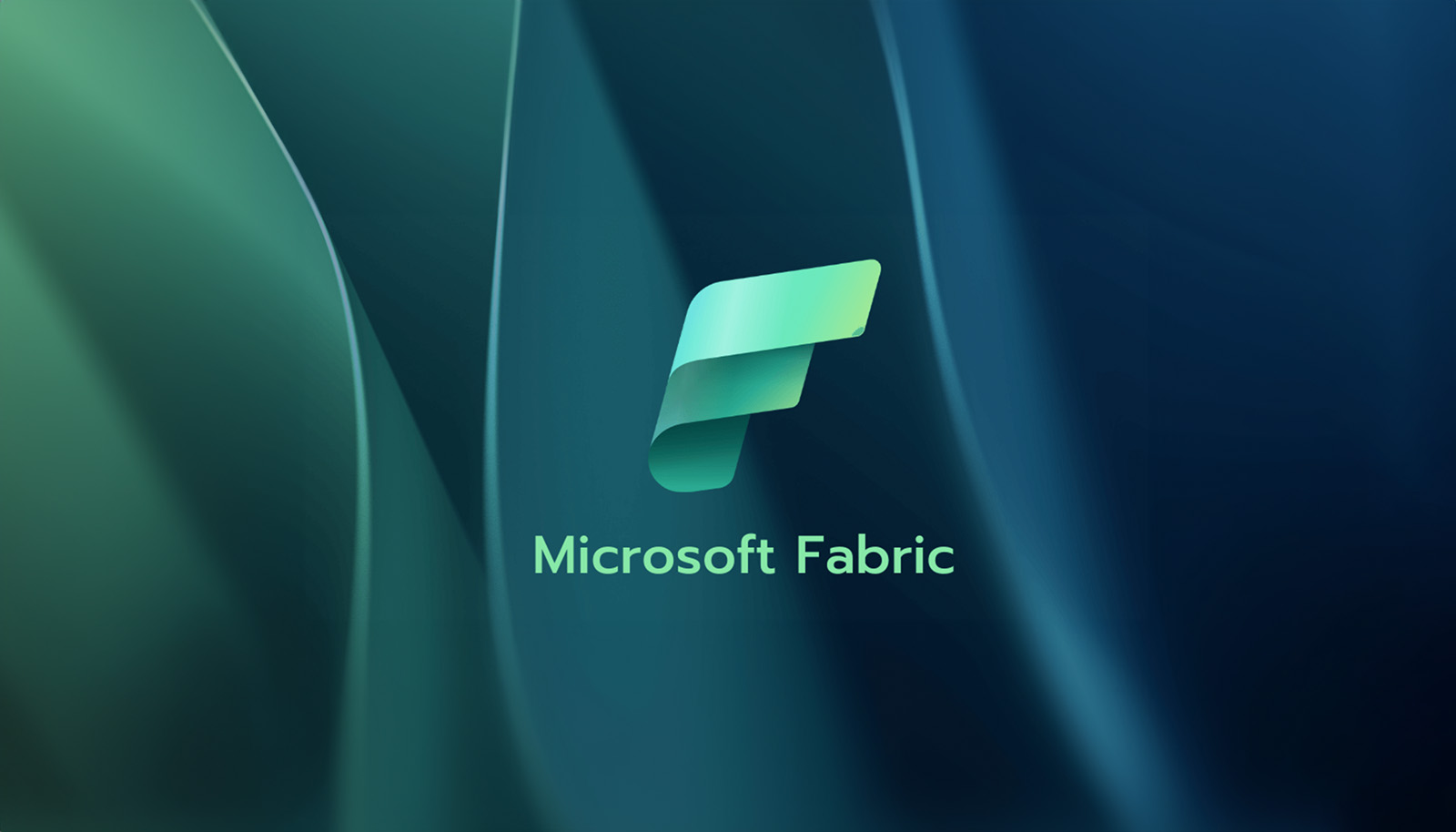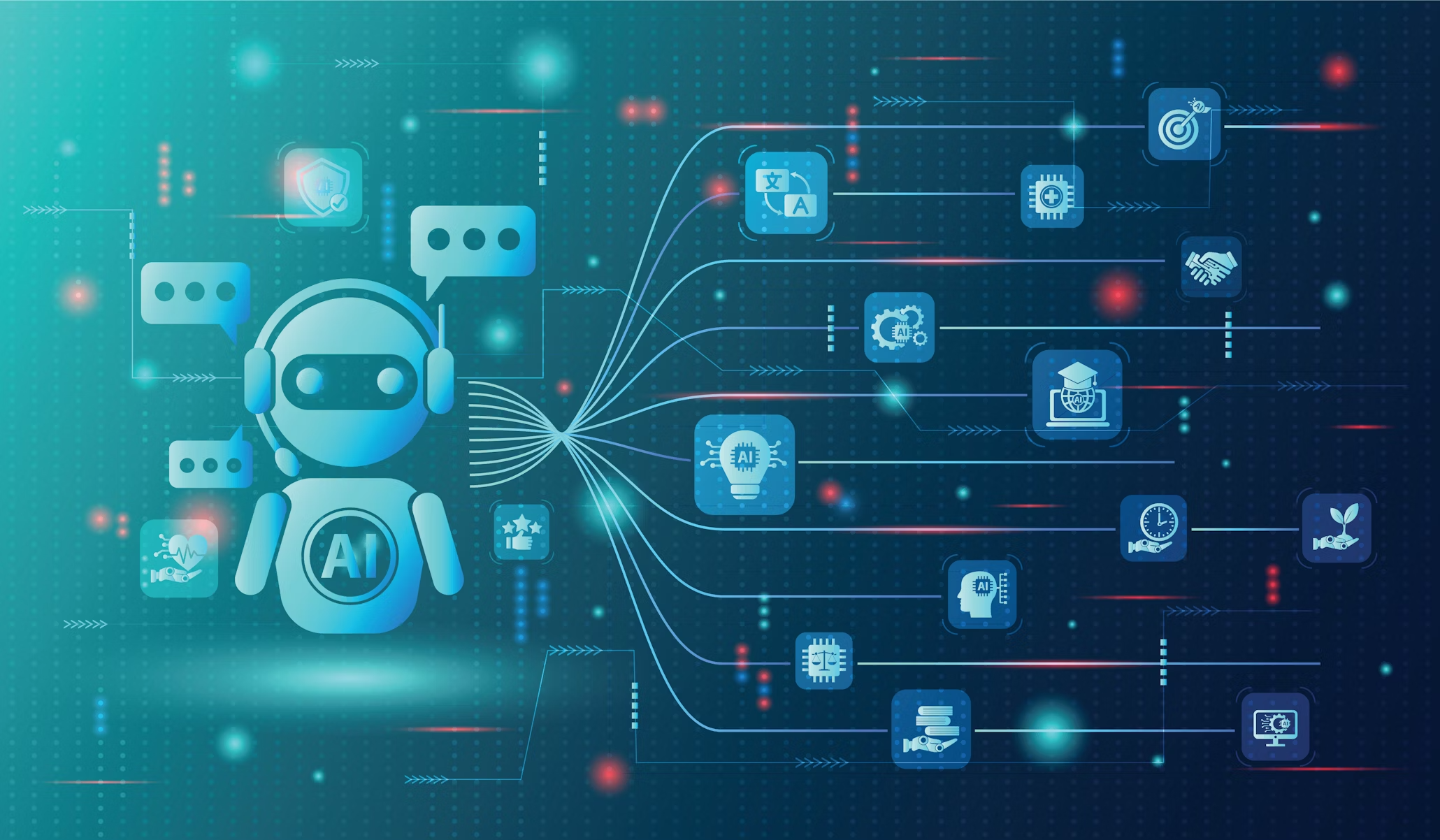Some Background
Let me start off by saying I’m not an educator, at least not in the formal, “this is my actual day job” sense of the term. I’m a Software Engineer at a company you’ve likely heard of, but I’ve been fortunate that my role often lets me step into an educator’s shoes. I’ve developed and delivered STEM workshops, organized events, collaborated with nonprofits, presented to groups of professionals looking to grow their skills, and worked directly with students exploring tech and software engineering concepts.
These experiences have deepened my appreciation for teaching (it’s hard), and more importantly, for the power education has to change lives. Not just as a cheesy ideal, but as a reality I’ve lived. It matters a great deal to me that students, especially those coming from socioeconomically challenged households (as I did ✋🏾), have opportunities to explore tech as a path out of hardship. And in that journey, there’s perhaps no greater influence than educators. They’re on the frontline connecting students to subjects that can lead to life-changing careers.
Right now, educators face a new challenge in AI. There’s understandably a lot of anxiety surrounding it, but blanket bans don’t really work, students always find ways around them. The moment they leave class, they’ll be using AI. I recently came across a quote that captures this reality perfectly:
Once we acknowledge that Generative AI is here to stay and most people will use it in their jobs in one way or another (including higher education STEM instructors!), it seems clear that we must teach students how to use it. At some point in their education, students learned to print, and some learned cursive writing. They learned to type, use a word processor, and use a calculator properly. Similarly, a tool as impactful as ChatGPT should be included in formal, potentially discipline-specific instruction.
Fortunately, there’s a wealth of organizations creating resources specifically designed to ensure AI enhances, rather than replaces, human learning. Here’s a few.
AI Fundamentals
These resources provide foundational knowledge about AI, presented in plain language suitable for educators and beginners. No tech experience necessary.
Microsoft: 10 AI Terms Everyone Should Know & 10 More AI Terms Everyone Should Know
These two articles clearly explain 20 fundamental AI terms in plain language. They’re perfect for educators who want to speak confidently and clearly about AI concepts without feeling overwhelmed by technical jargon.
Free or Paid: Free.
MIT Sloan: How ChatGPT Works: A Non-Technical Primer
A video lecture from MIT Sloan, led by Professor Rama Ramakrishnan, providing a clear, non-technical explanation of how ChatGPT and similar AI models operate. Ideal for educators who want a deeper understanding of how these tools generate content, handle data, and manage bias without diving into complex details.
Free or Paid: Free.
Google: AI in Education Hub
Google’s hub of AI resources, specifically designed for educators. It offers straightforward guidance for integrating AI into teaching, classroom management, and curriculum design. If your school uses Google Classroom and Chromebooks, this is a great place to browse to see what might already be available to you.
Free or Paid: Freemium (some features or tools require payment).
Parand Tony Darugar: A Completely Non-Technical Explanation of AI and Deep Learning & A Non-Technical Explanation of ChatGPT & A Non-Technical Explanation of ChatGPT: Deep Learning
A series of wonderful articles from Parand Tony Darugar that break down complex AI concepts into easy-to-grasp explanations. Highly recommended for educators seeking clarity without being overwhelmed with technical jargon. I’ve personally used them as inspiration for my own workshops.
Free or Paid: Free.
Microsoft: AI in Education Hub
Microsoft’s hub featuring resources, news, and practical advice specifically tailored to educators navigating AI. If your school has an Office subscription, definitely check this page out.
Free or Paid: Freemium (some features or tools require payment).
Segun Akinyemi (Me): From Padawan to Jedi Master to Whatever Yoda Was: A Curated List of AI Learning Resources
My personal list of AI learning resources for anyone looking to level up their AI understanding, from beginner to advanced. Not specifically education-focused, but valuable if you’re an educator wanting to deepen your general AI knowledge beyond classroom applications.
Free or Paid: Free.
Classroom Tools
Here are some tools for bringing AI into the classroom setting.
Google: NotebookLM
A personal AI research assistant that answers questions directly from your uploaded documents. It’s an incredibly efficient way for students and teachers to enhance their research and study processes. Let me just say, if I had this during college, the time I would’ve saved…it might’ve been enough for me to finally start One Piece.
Free or Paid: Free (limited beta).
Microsoft: Visual Studio Code for Education
Brings a real-world coding environment into the classroom via a web browser, perfect for Chromebook-centric schools or any tech teacher who doesn’t want to deal with environment setup and virtual machines. I frequently use this platform in my own workshops. Best suited for computer science teachers and technical educators.
Free or Paid: Free.
Microsoft: Microsoft Designer
Creates high-quality images from simple text prompts—think Canva, but driven mostly by AI, and with a more generous free tier. Great for creative classroom projects that emphasize idea generation over technical skills. I created a workshop on Prompt Engineering fundamentals that features it, check it out here.
Free or Paid: Freemium (some features or tools require payment).
Google: Socratic
An AI-powered homework helper app that provides clear explanations and step-by-step solutions across multiple subjects. Highly useful as a student learning aid, it’s a tool worth openly encouraging in classrooms.
Free or Paid: Free
Khan Academy: Khanmigo
Another excellent AI-powered assistant designed to support educators with personalized instruction and classroom management. For more details, check out Microsoft’s introductory blog post about Khanmigo. The platform is powered by Microsoft’s Azure cloud platform.
Free or Paid: Freemium (some features or tools require payment).
Privacy First Tools
These tools are built with privacy at their core, offering educators AI-powered solutions without compromising on data security.
Mintplex Labs: AnythingLLM
A free, ChatGPT-like tool running entirely offline on your computer. Just upload documents (lesson plans, student essays, policies), and it quickly learns your materials, becoming your personal teaching assistant. Unlike ChatGPT, which is trained on a broad dataset, this tool specializes in the documents you provide. I use AnythingLLM myself to privately query sensitive documents without risking them being used by cloud providers for AI model training. Check out their Getting Started Guide.
Free or Paid: Free.
LM Studio: Local AI Assistant
Another free local AI app that runs fully offline. Like AnythingLLM, you provide your materials and it learns them, enabling private interactions. LM Studio, however, is better suited for computer science educators or those with technical experience who prefer deeper customization and control.
Free or Paid: Free.
Teaching Strategies
This section offers practical strategies, classroom assignments, and professional development resources to help educators integrate AI into their teaching.
University of Central Florida: ChatGPT Assignments for Your Classroom
A free e-book offering over 60 AI-based assignment ideas using ChatGPT or similar tools. I often use it for inspiration when creating my own workshops.
Free or Paid: Free.
Microsoft: Microsoft Education AI Toolkit
A comprehensive guide with strategies and recommendations for education leaders on implementing AI responsibly and effectively. It includes real-world case studies, technical insights, and practical steps for navigating AI in schools. It’s a long read though. Microsoft has a whole corporate strategy called Reimagine Education, positioning itself as the go-to partner helping educators and schools adapt to AI in education. And given that Microsoft not only has its own Copilot platform but is also the cloud and financial backer of OpenAI’s ChatGPT, owns GitHub (leading the way for AI in software development), and owns LinkedIn (leading the way for AI in the business world), they’re in a pretty strong position to shape how this all unfolds.
Free or Paid: Free.
OpenAI: Teaching with AI & ChatGPT for Education
Resources from the creators of ChatGPT on responsibly integrating AI into education. Essential for educators concerned about academic integrity and effective AI use.
Free or Paid: Free.
MIT Sloan: Generative AI for Teaching & Learning
A collection of resources from MIT for using Generative AI to enhance teaching and learning. Worth exploring for idea generation and understanding the available options in AI education.
Free or Paid: Free.
Microsoft: AI for Education: Educator Center
Microsoft’s hub for educators looking to bring AI into the classroom. Packed with training courses, guides, and professional development resources to help teachers make AI work for them.
Free or Paid: Free.
Deeper Dives
For a deeper dive into how AI is changing education, check out these detailed resources and expert insights.
Jakub Hyzyk & Melanie Misanchuk: ChatGPT in STEM Teaching
A highly accessible guide for integrating Generative AI tools into STEM education, full of practical strategies and classroom activities suitable for higher education.
Free or Paid: Free.
Microsoft: AI in Education – Special Report
A detailed, research-based report providing valuable insights, trends, and strategies on AI’s role in education. If you’re an academic type, you’ll enjoy this. If you prefer a quicker overview, see: Explore insights from the AI in Education Report
Free or Paid: Free.
Forbes: Is Coding Education As We Know It Dead?
A compelling article about how AI is reshaping coding education and what it means for teachers. Valuable perspective for educators teaching tech-related subjects.
Free or Paid: Free.
Academia: Learning-by-Teaching with ChatGPT: The Effect of a Teachable ChatGPT Agent on Programming Education
This study examines how using ChatGPT as a teachable agent can help students improve their coding skills by “teaching” the AI. The results show that this method enhances students’ ability to write clear and logical code, boosts self-regulated learning, and increases confidence. However, it has little effect on debugging skills since ChatGPT usually generates correct code, limiting error-correction practice. An interesting perspective on how AI can change active learning in programming education.
Authors: Angxuan Chen (Peking University), Huixiao Le (Peking University), Yuang Wei (East China Normal University), Yan Zhang (Tsinghua University)
Free or Paid: Free.
Parting Words
The conversation around AI in education is evolving rapidly, and resources like the ones shared here are only the beginning. The tools and strategies available today are designed to help, not replace, the role of educators in shaping the next generation. Navigating this shift requires adaptation, but the core mission of education remains the same: to equip students with the knowledge and skills they need to succeed.
For educators, accepting this reality means adjusting how they teach to ensure students are ready to succeed in a world that’s fully embraced AI. Education’s primary focus, its heartbeat, its guiding light, has always been preparing students to thrive, pursue their passions, and build better futures. If that requires educators to learn and understand new technology so they can bring that knowledge back to eager, curious minds, then so be it.
This isn’t the first time in human history we’ve faced such change, and it won’t be the last. Remaining stagnant and resistant to change does a disservice to students. It deprives them of the chance to engage with tools and develop skills that could shape their futures. Teach them what will help them thrive when the safety and sense of “I have time” that comes with being in school is no longer there. Don’t shut yourself off to AI just because it’s uncomfortable, because in the end, it’s not you who will be most affected. It’s the students looking to you to guide them.




